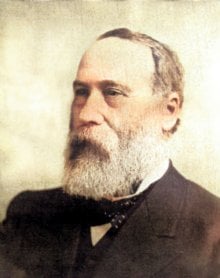"Tyrants have not yet discovered any chains that can fetter the mind"
About this Quote
Charles Caleb Colton evokes the enduring freedom of human thought, asserting the inherent resilience of the mind against oppression. Throughout history, tyrants have wielded physical force, creating legal and societal structures to restrain bodies and control actions. They have erected prisons, enforced censorship, and punished dissent with threats or violence. Yet, despite these efforts, the inner realm of a person’s consciousness remains fundamentally unreachable by external authority. The mind, with its ability to imagine, reason, question, and dream, defies the iron grasp of despotism.
While laws and punishments can shape behavior, they cannot truly command what an individual thinks, believes, or aspires to. Ideas, once conceived, cannot be locked away as easily as people can. Even when books are burned or speech is silenced, subversive thoughts continue to germinate in the privacy of the mind. Dissidents under repressive regimes have long found refuge in silent reflection, creative expression in code, or the unspoken solidarity of shared understanding. Art, literature, and even humor become vehicles for ideas that authorities cannot easily intercept.
This truth holds hope for those living under injustice. It suggests that the seeds of change can persist and eventually flourish, nurtured by minds that remain free. The history of progress is filled with examples of forbidden ideas surviving despite every effort to extinguish them, ultimately undermining the tyranny that seeks to destroy them. The inability of oppressive rulers to control thought underlines the invincible spirit of human consciousness.
At the same time, the quote warns those who would seek to dominate others. No matter how severe their methods, the core of individual freedom, thought, cannot be forcibly subdued. The mind’s autonomy is a bastion of liberty, and its resistance to fetters remains a powerful counterbalance to the ambitions of tyrants.
More details
About the Author
